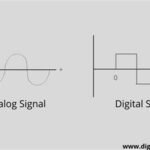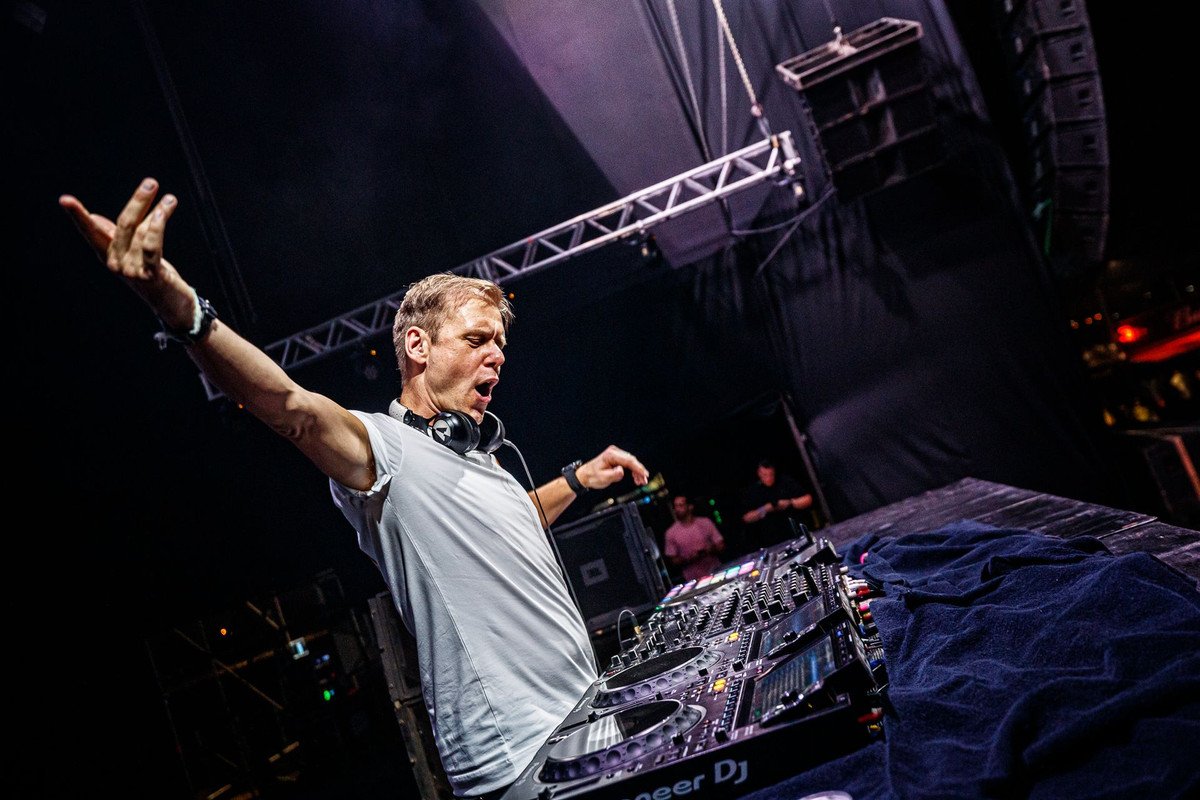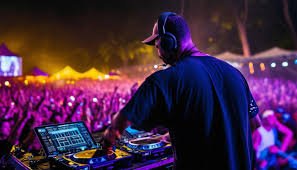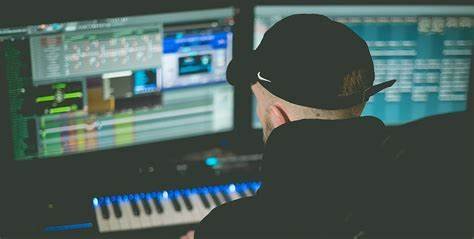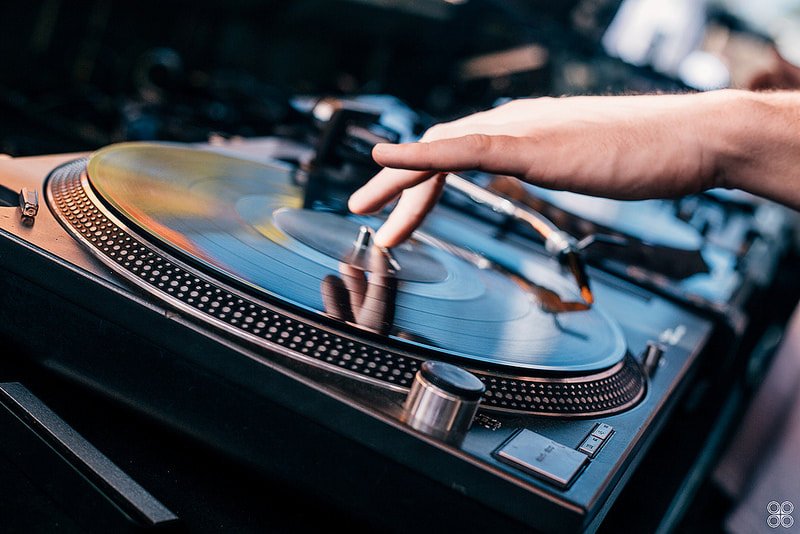DJing has evolved into a global phenomenon, and the variety of genres played by DJs is as diverse as the audiences they entertain. From pulsating beats in underground clubs to the epic soundscapes at music festivals, DJs are constantly experimenting with and blending genres to create unique experiences. In this post, we’ll explore the top genres played by DJs around the world, each with its own unique style and cultural influence.
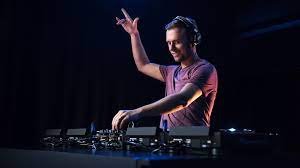
Get Your Groove On with Jazzy Joe
Jazzy Joe brings you the finest selection of jazz music, merchandise, and event information for enthusiasts and newcomers alike. After enjoying some smooth tunes, why not try your luck at an aussie casino for some exciting online entertainment? Explore the world of jazz with Jazzy Joe today!
1. EDM (Electronic Dance Music)
EDM, short for Electronic Dance Music, is arguably the most popular music genre for DJs today. Spanning various subgenres, EDM has become a staple in festivals, nightclubs, and mainstream radio. With its thumping basslines, energetic beats, and uplifting melodies, EDM is known for getting people moving and keeping the dance floor packed.
Subgenres of EDM:
- House: Known for its four-on-the-floor beat and infectious grooves, house music has been a mainstay in DJ culture since the 1980s. Artists like Calvin Harris and David Guetta helped bring house music into the global spotlight.
- Techno: With its repetitive, hypnotic beats and darker tones, techno is a favorite in underground rave scenes. DJs like Carl Cox and Richie Hawtin have made their mark in the techno world.
- Dubstep: Characterized by its heavy bass drops and syncopated rhythms, dubstep became a dominant genre in the 2010s. DJs like Skrillex and Zedd are known for pioneering this genre.
Why It’s Popular:
EDM’s high-energy tracks and infectious melodies make it perfect for large-scale festivals and club environments. It has a global reach, and its diverse subgenres ensure there’s something for everyone, whether you’re into melodic house or hard-hitting dubstep.
2. Hip-Hop
Hip-hop has been a dominant genre in DJ culture since the early days of turntablism. DJs like Grandmaster Flash and DJ Kool Herc were instrumental in developing the art of beatmatching, scratching, and mixing, which are now key components of modern DJing.
Why DJs Love It:
- Scratch Techniques: Hip-hop DJs use turntablism techniques like scratching and beat juggling to manipulate tracks in real-time, creating dynamic performances.
- Sampling: DJs often use samples from old records to create new beats, blending genres and creating fresh sounds. This allows for a wide variety of mixes, from classic tracks to modern hits.
Modern Hip-Hop DJing:
Today, hip-hop continues to evolve with new influences from trap, R&B, and electronic music. Artists like DJ Khaled, A-Trak, and DJ Mustard have brought hip-hop DJing into the modern era, often blending traditional techniques with cutting-edge technology.
3. Techno
Techno is one of the longest-standing genres in the DJ world, especially in underground scenes. Known for its minimalistic beats, hypnotic rhythms, and futuristic sound design, techno is a genre that focuses heavily on atmosphere and flow. DJs often create an immersive experience by layering different elements of sound, building the energy gradually over time.
Why It’s Popular:
- Repetitive, Hypnotic Rhythms: Techno’s focus on rhythm over melody makes it ideal for long DJ sets that keep the crowd in a trance-like state.
- Underground Culture: Techno has maintained its roots in underground raves and electronic music festivals, where the genre has a dedicated following.
Notable Techno DJs:
- Carl Cox: A legendary figure in the techno scene, Carl Cox is known for his energetic sets and decades-long career.
- Richie Hawtin: Known for his minimal techno style, Richie Hawtin is a pioneer in both DJing and live electronic performances.
4. Trance
Trance is characterized by its uplifting melodies, long build-ups, and euphoric drops. It has a more melodic and emotional feel compared to techno, often evoking feelings of euphoria and escapism. Trance DJs focus on creating an immersive journey for their audience, with a focus on seamless transitions and emotional peaks.
Why It’s Popular:
- Euphoric Soundscapes: The sweeping melodies and catchy hooks make trance ideal for festivals and large-scale events. It also has a strong community of fans who follow the genre religiously.
- Progressive and Psychedelic Elements: Trance is versatile, with subgenres that can range from uplifting, melodic trance to darker, more psychedelic variations.
Famous Trance DJs:
- Armin van Buuren: A global trance ambassador, Armin van Buuren has been a top DJ for decades and is known for his uplifting and progressive trance sets.
- Paul van Dyk: One of the pioneers of trance, Paul van Dyk’s sets are known for their melodic depth and emotional appeal.
5. Reggaeton and Latin Beats
Reggaeton has become a dominant force in global DJ culture, especially in Latin American and urban music scenes. The genre blends Latin rhythms with hip-hop, dancehall, and electronic elements, creating infectious beats that make it hard for people not to move.
Why It’s Popular:
- Global Appeal: Reggaeton’s infectious rhythms and catchy hooks have made it one of the most played genres worldwide. With artists like Bad Bunny and Daddy Yankee, reggaeton has crossed borders and has become a staple in clubs and festivals.
- Danceability: The rhythmic patterns in reggaeton make it easy to dance to, appealing to a wide audience that loves the vibrant, energetic atmosphere.
Subgenres:
- Moombahton: A fusion of reggaeton and electronic dance music, moombahton is popular for its laid-back, yet danceable beats.
- Salsa, Bachata, and Cumbia: Many DJs incorporate traditional Latin genres into their sets, bringing a unique cultural blend to their performances.
6. House
House music has been a cornerstone of DJ culture since the 1980s. Known for its deep basslines, steady 4/4 beats, and uplifting melodies, house has a timeless quality that appeals to both older and younger audiences. Whether it’s deep house, tech house, or funky house, the genre is versatile and has deep roots in dance culture.
Why DJs Love It:
- Groove-Oriented: House is all about the groove. DJs can play around with percussion, basslines, and vocal loops to create a rhythm that keeps people moving for hours.
- Wide Range of Subgenres: From the deep, soulful vibes of deep house to the more upbeat rhythms of progressive house, the genre offers something for every taste.
Notable House DJs:
- Frankie Knuckles: Often called the “Godfather of House,” Frankie Knuckles was instrumental in the development of the genre in Chicago during the 1980s.
- Pete Tong: A leading figure in the global house music scene, Pete Tong’s influence on the genre continues to resonate today.
Entertainment That Hits the Right Notes
Great music and engaging entertainment go hand in hand. Whether you’re vibing to a jazz classic or exploring new sounds, the joy of discovery keeps the experience fresh and exciting. Similarly, gaming enthusiasts can dive into a world of online casino games that deliver fun, strategy, and the thrill of winning.
Conclusion
DJs play a crucial role in shaping the musical landscape, and the genres they choose to spin vary widely depending on the crowd, the event, and personal preference. Whether it’s the high-energy beats of EDM, the soulful grooves of house, or the emotional melodies of trance, the diversity of genres played by DJs ensures there’s something for everyone. As DJing continues to evolve, expect to see new genres and subgenres emerge, further enriching the global music scene.





